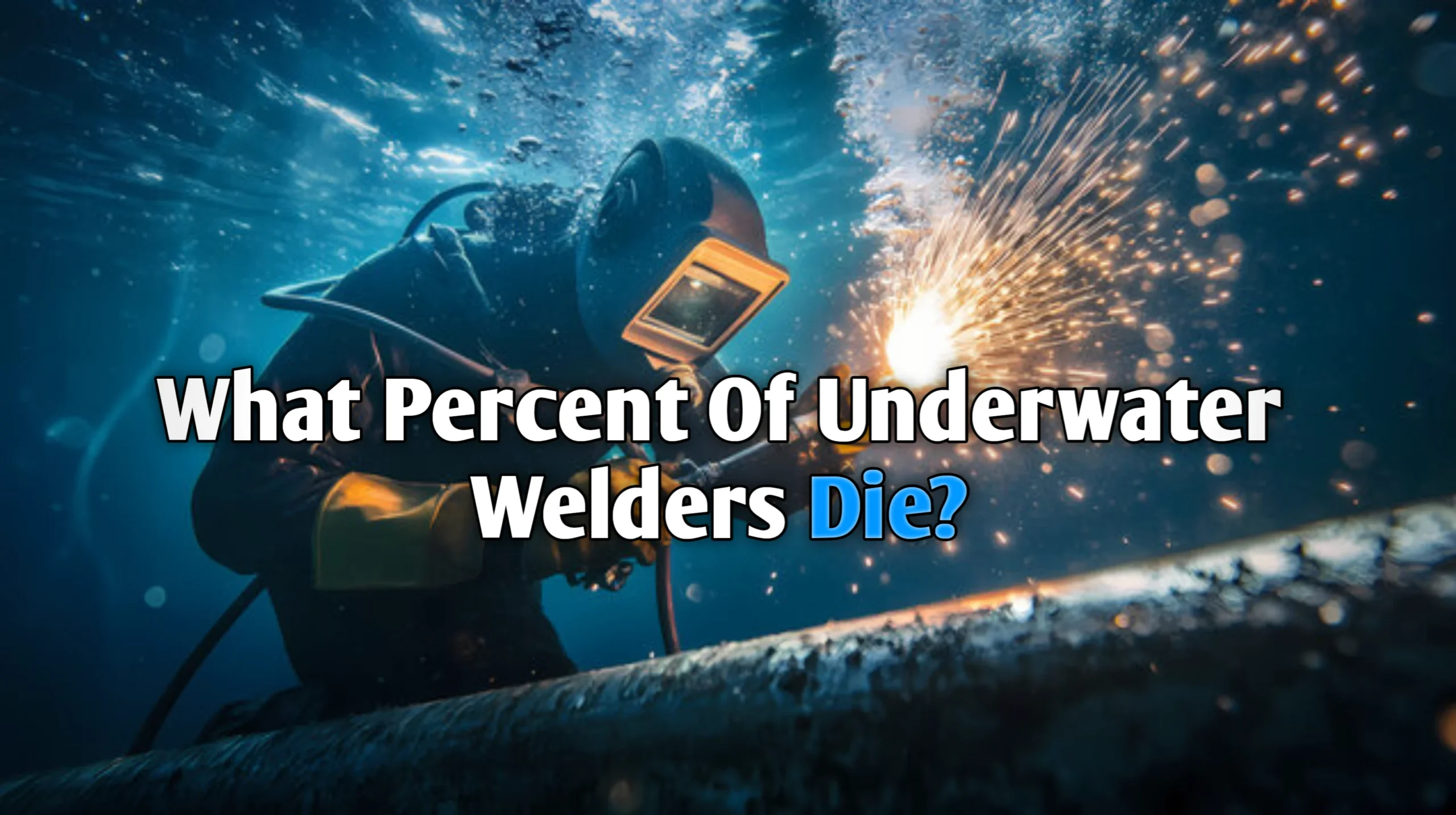Hey there! I’m an underwater welder, and I know this is a question a lot of people wonder about: What percent of underwater welders die? It’s not an easy topic, but I’ll give you an honest answer based on what I know and what I’ve experienced in this line of work.
Let’s dive right into it.
The Truth About Risk in Underwater Welding
First off, yes, underwater welding is a dangerous job. But before you panic, let’s put things into perspective. The fatality rate in this career is not as high as you might think, but it’s still a serious concern for those of us in the field.
In general, the fatality rate for underwater welders is estimated to be around 1 in 1,000 workers. That’s about 0.1%. This might seem low, but when you’re working underwater, dealing with high-pressure conditions, and operating heavy equipment, that number still feels like a lot.
Why is Underwater Welding Risky?
So why are underwater welders at risk in the first place? There are several reasons:
1. Limited Access: Sometimes, we’re working in tight, confined spaces, which makes it harder to escape if something goes wrong.
2. Diving Hazards: Underwater welders are exposed to the dangers of deep-sea diving, including decompression sickness, nitrogen narcosis, and the risk of drowning.
3. Electricity: Since we’re working with welding equipment underwater, there’s always the risk of getting shocked if the equipment malfunctions.
4. Pressure: The deeper you go, the more pressure there is. This can lead to barotrauma, or damage caused by changes in pressure.
How Often Do Fatalities Happen?
While I can’t speak for every underwater welder, I can tell you that fatalities are rare, but they do happen. Most of the time, it’s due to accidents, like:
- Equipment failure
- Diving accidents
- Welding explosions
- Human error
It’s not something we take lightly, and we train hard to minimize these risks. We always check our gear, follow safety protocols, and ensure we’re physically fit for the job. But sometimes, accidents still occur.
How Do We Stay Safe?
While the risks are there, there’s a lot we can do to stay safe and protect ourselves:
1. Safety Training: Every welder must undergo intense safety training, which includes diving practices, emergency procedures, and welding safety protocols.
2. High-Quality Gear: We use specialized equipment to ensure everything works properly under pressure. This includes safety helmets, welding suits, and diving equipment.
3. Regular Health Checks: We have regular physical exams to make sure we’re healthy enough to handle the stress of working underwater.
How Many Underwater Welders Are There In The US?
Final Thoughts: Understanding the Risks
So, to answer the question: What percent of underwater welders die? The estimated fatality rate is about 0.1%, which translates to roughly 1 in 1,000 workers.
While that number may seem small, it’s still a risk we take seriously. Every day, we go to work knowing the dangers, but also knowing that with the right precautions, we can keep those risks as low as possible.
For anyone thinking about becoming an underwater welder, don’t be scared off by the statistics. Yes, it’s dangerous, but if you take your training seriously, stay fit, and follow safety rules, you’ll greatly reduce your chances of something going wrong.
If you have more questions or want to know what it’s like to be an underwater welder, feel free to ask! I’m happy to share my experience.

